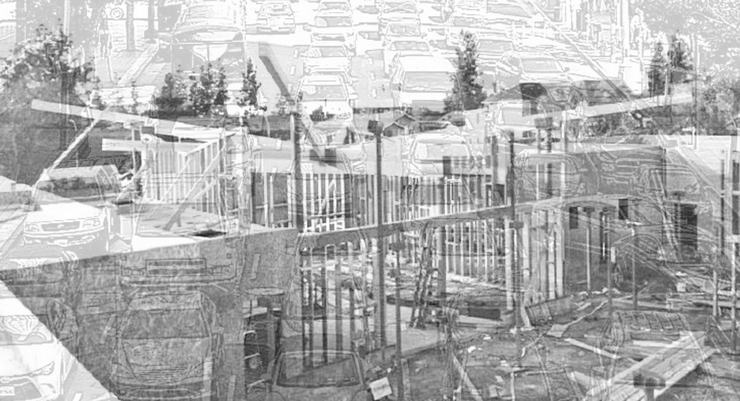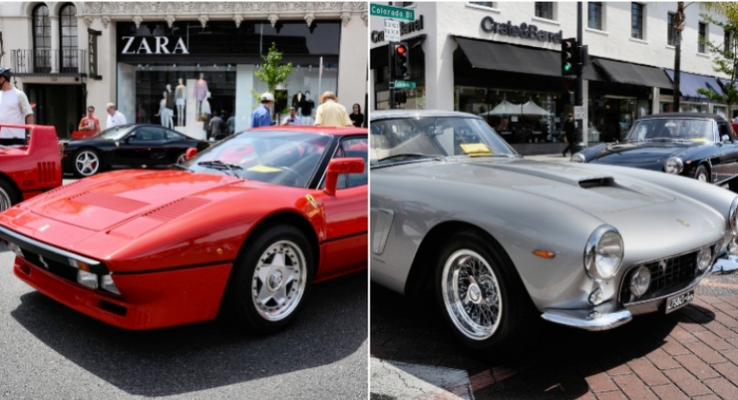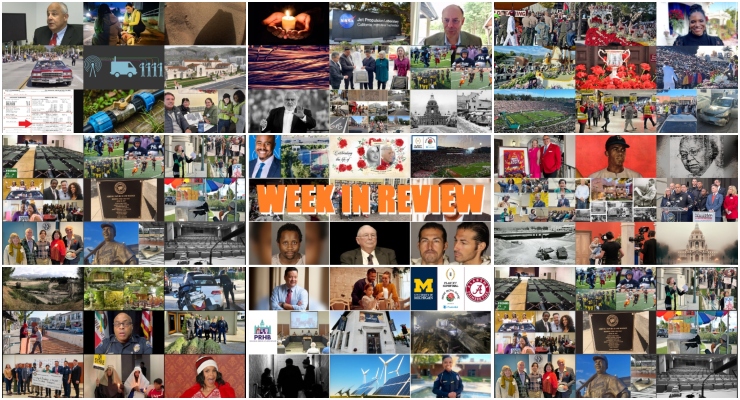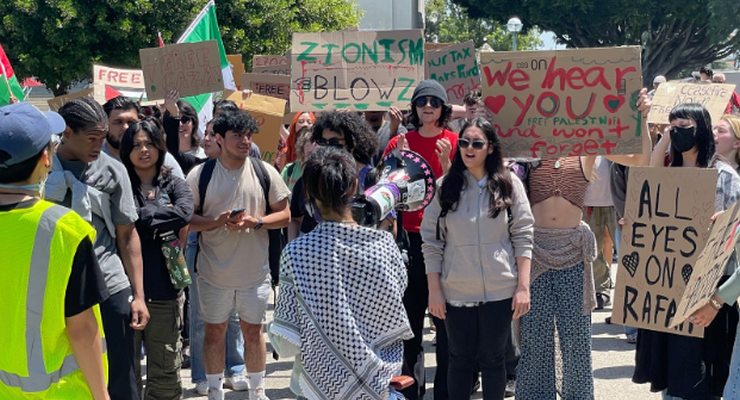Pasadena has decided to pursue high-density, multi-family apartments and condos at a feverish pace; we see the new projects popping up all over town. While more housing is necessary as our population grows, it is time to review how—and more importantly, why—our city leadership is considering allowing an enormous increase in unmitigated traffic to clog our streets and neighborhoods as these buildings go up. Is more traffic OK with you?
On Monday evening, DOT is presenting a report to Pasadena City Council regarding the California Environmental Quality Act (CEQA) and Local Mobility Analysis, (formerly referred to as Outside-CEQA analysis). This report is being billed as an effort to “better align the city’s thresholds to meet the state’s long term climate goals.” In layman’s terms, this means our city is considering plans to raise the amount of traffic allowed on our streets without potentially planning for meaningful ways to keep it flowing. The amount of traffic we live with in Pasadena has a huge effect on our quality of life, and the results of the policies and decisions currently under review will affect us all.
There is a lot of confusion about why CEQA thresholds matter. Simply put, CEQA has placed limits on the ways in which new developments can impact local traffic, noise levels, air quality, water quality, and access to city utilities and public services. These limits were put in place to protect our city and our quality of life. When a new project’s CEQA threshold is crossed in any one of these five outlined areas, its environmental impacts on the community must be studied further and then, if found to be harmful, mitigated.
The triggering of CEQA thresholds should be good news for local area residents, but the state doesn’t like it because it slows growth. In fact, they created a new law called SB 743 to exclude the use of automobile delay as an impact when addressing traffic concerns within CEQA.
If traffic thresholds are made high enough that CEQA or our mobility element won’t be triggered, developers will have a much easier time obtaining their desired infill exemptions (allowing them to build bigger buildings with more density) while avoiding CEQA reports and mobility mitigations. This basically means that developers won’t have to fix the traffic problems their buildings are creating.
Mitigation is expensive and might also alter their projects in ways they don’t like, so it’s no wonder developers want to avoid these reports, but make no mistake: even though the state and developers are pushing for less CEQA review and more development, we can push back. Local measures for better traffic solutions are still an option. They are obtainable and should be seriously considered. We must thoroughly investigate how we can add more development while keeping our streets functioning and safe for all modes of transportation, from pedestrians to folks in their cars. Our current CEQA thresholds are already too high and our mobility mitigations are minimal at best. We should not consider weakening them further when they are already ineffectual. Remember that these thresholds are the ONLY protection residents have against unchecked development and traffic in our neighborhoods.
Our city council will look at CEQA and local mobility aspects in fine detail on Monday. The question is whether to maintain our current nominal traffic thresholds and elemental triggers for mitigation or not. Will the state, developers, biking proponents, and housing advocates succeed in lobbying for more density while avoiding the responsibility to address the resulting increase in traffic? I certainly hope not.
I am very concerned about the way CEQA thresholds and local mobility analysis are being presented to the public. The current discussion surrounding traffic thresholds needs perfect transparency, public engagement, and engineering discipline so that we can grow our city without creating a hopeless mess of congestion.
Erika Foy is a Pasadena resident who is a Vice President of the Madison Heights Neighborhood Association.






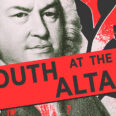





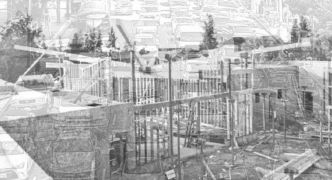

 0 comments
0 comments
